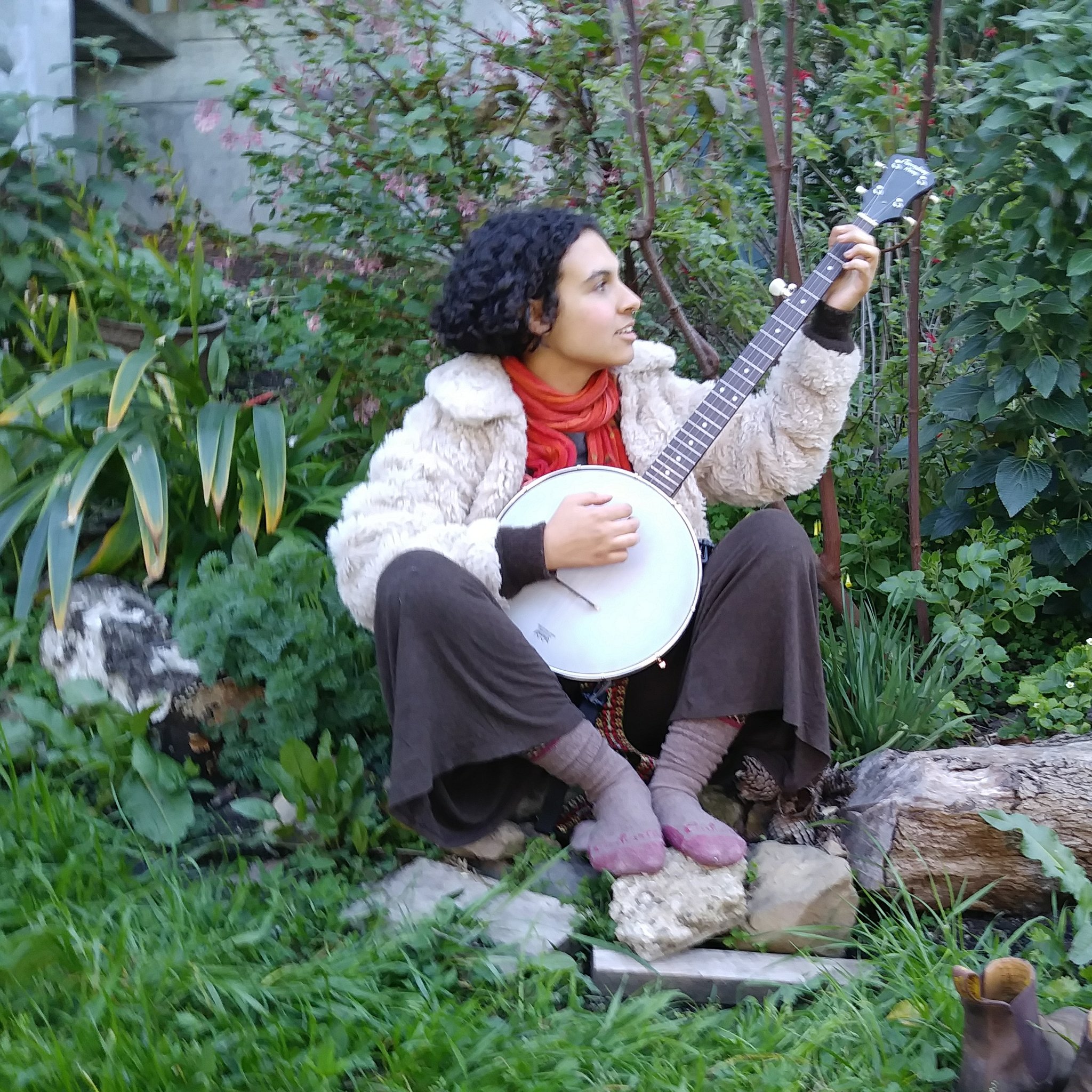Layers of leaves, branches and brush comprise an archive, of sorts, of what has flourished the previous season and is now becoming soil, the medium of the garden itself, an ever-changing record of the life it holds and releases.
In the meadow, we care for the soil through composting, through planting cover crops, and in how we prepare the planting beds themselves.
I think of composting as a slow-burning forge, transforming whatever we bring to its fire. Sometimes the compost pile is just the right place to put an old drawing or notes from a poem. A friend planted some letters too tender to release from her own hands in any other way than to let them break down into soil.
The soil in the meadow is an ongoing source of delight; it’s a joy to dig with a fork and find the ground deeply workable and fertile. And it’s been happening mostly in a passive way over the past seven years. Laying things down and letting time pass—this is happening throughout the meadow, as we bring new beds into being, actively, passively, letting time do what it does: bring change.
In the meadow, we care for the soil through composting, through planting cover crops, and in how we prepare the planting beds themselves.
I think of composting as a slow-burning forge, transforming whatever we bring to its fire. Sometimes the compost pile is just the right place to put an old drawing or notes from a poem. A friend planted some letters too tender to release from her own hands in any other way than to let them break down into soil.
The soil in the meadow is an ongoing source of delight; it’s a joy to dig with a fork and find the ground deeply workable and fertile. And it’s been happening mostly in a passive way over the past seven years. Laying things down and letting time pass—this is happening throughout the meadow, as we bring new beds into being, actively, passively, letting time do what it does: bring change.

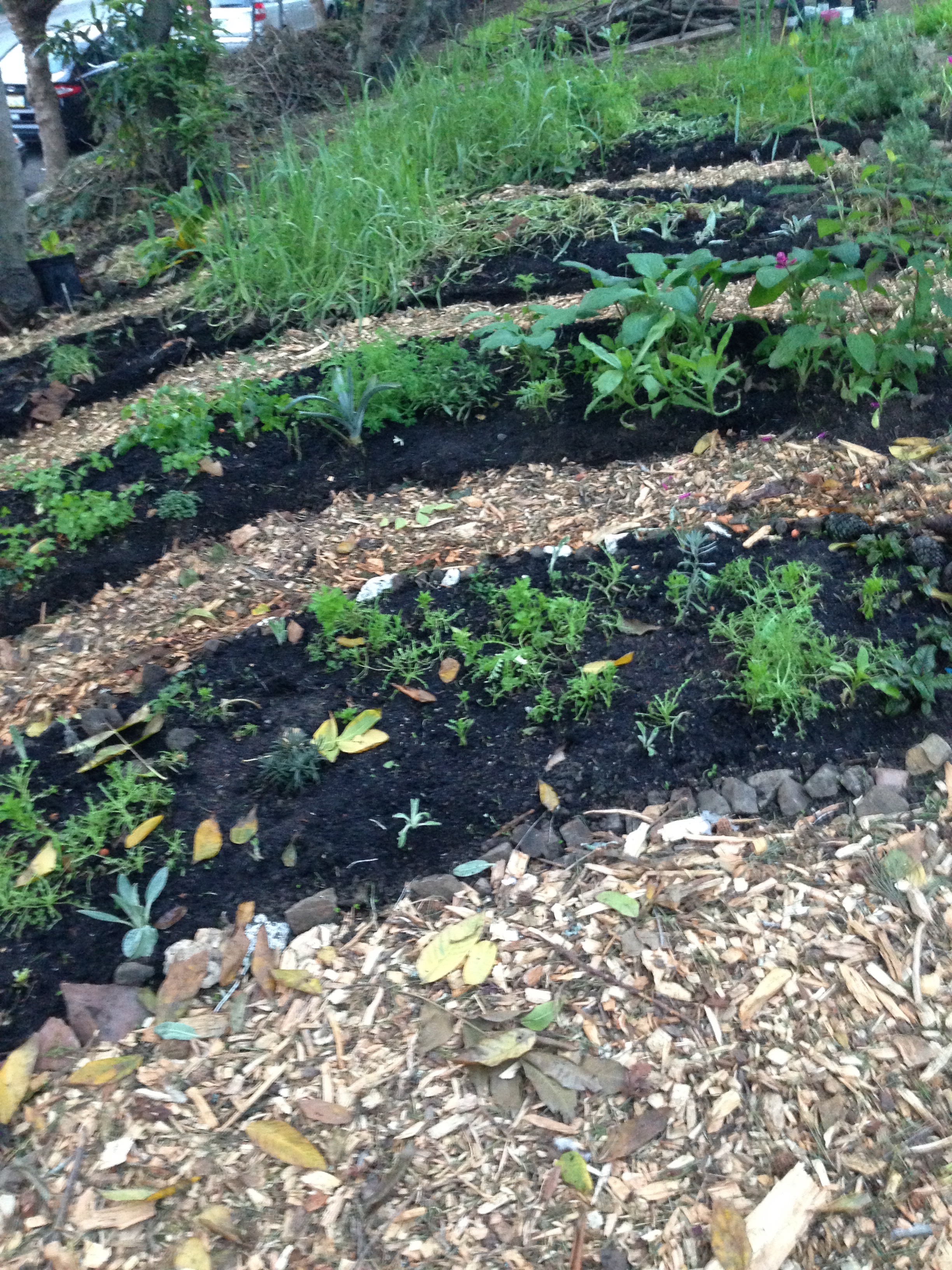


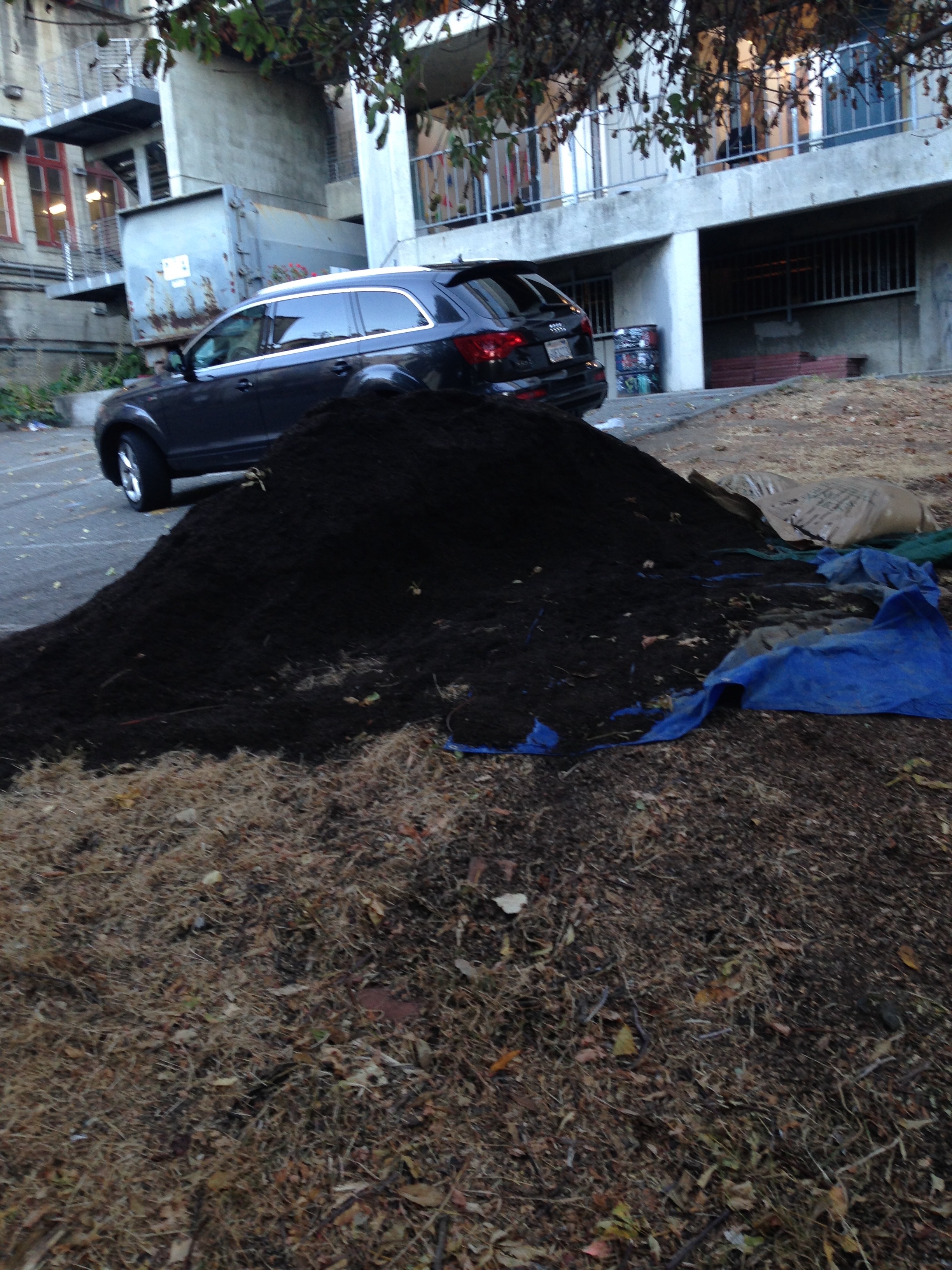







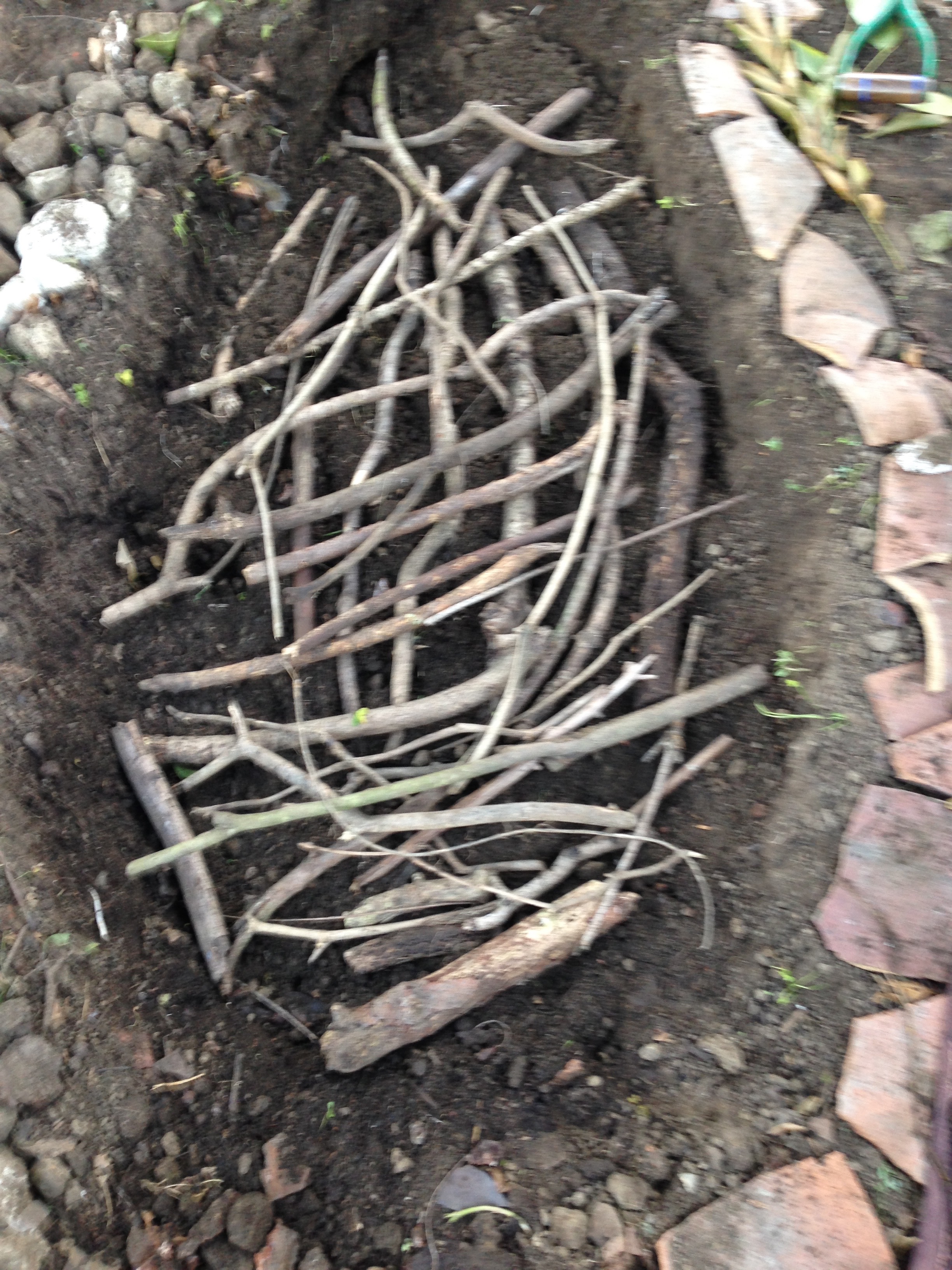
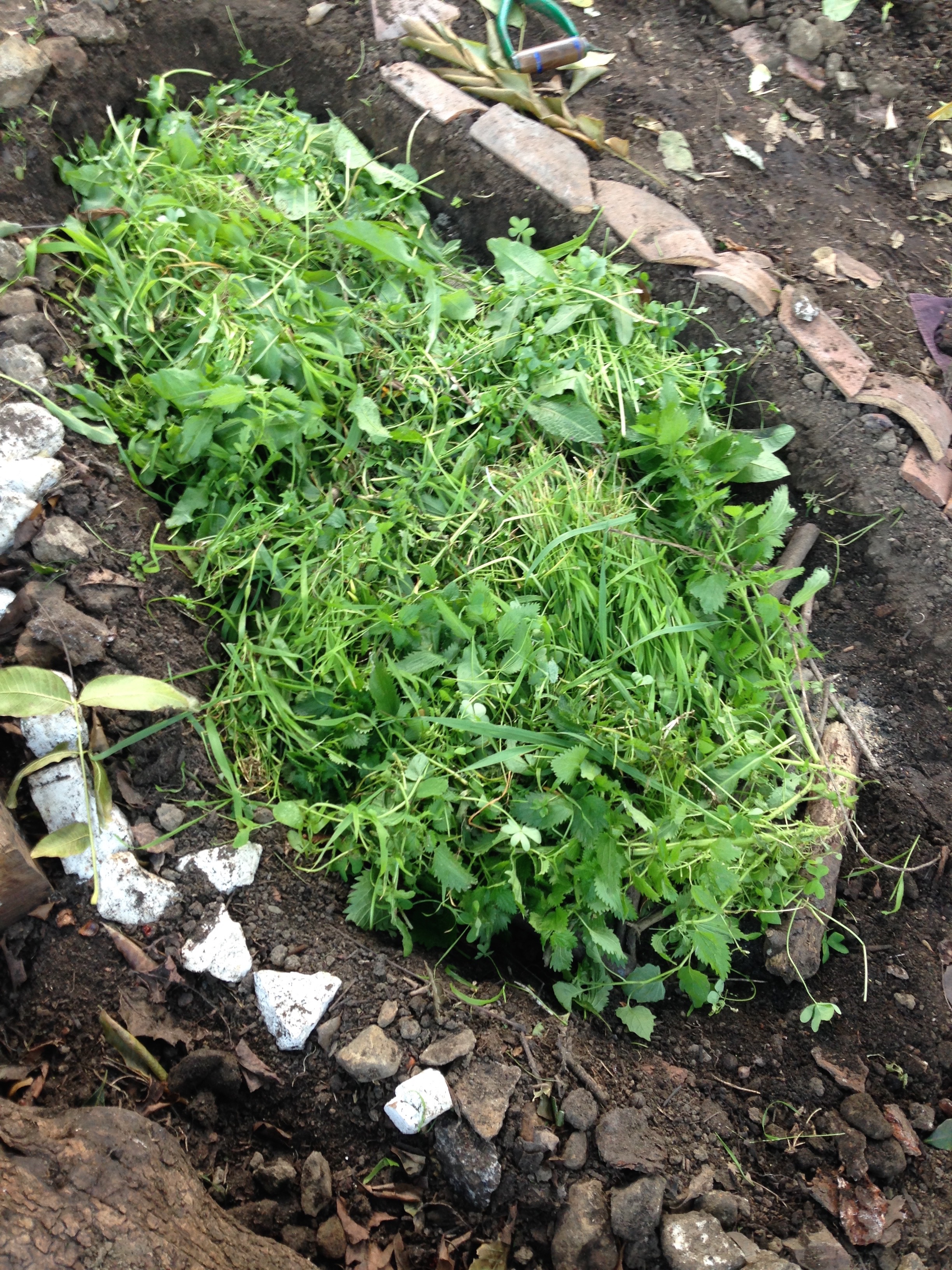

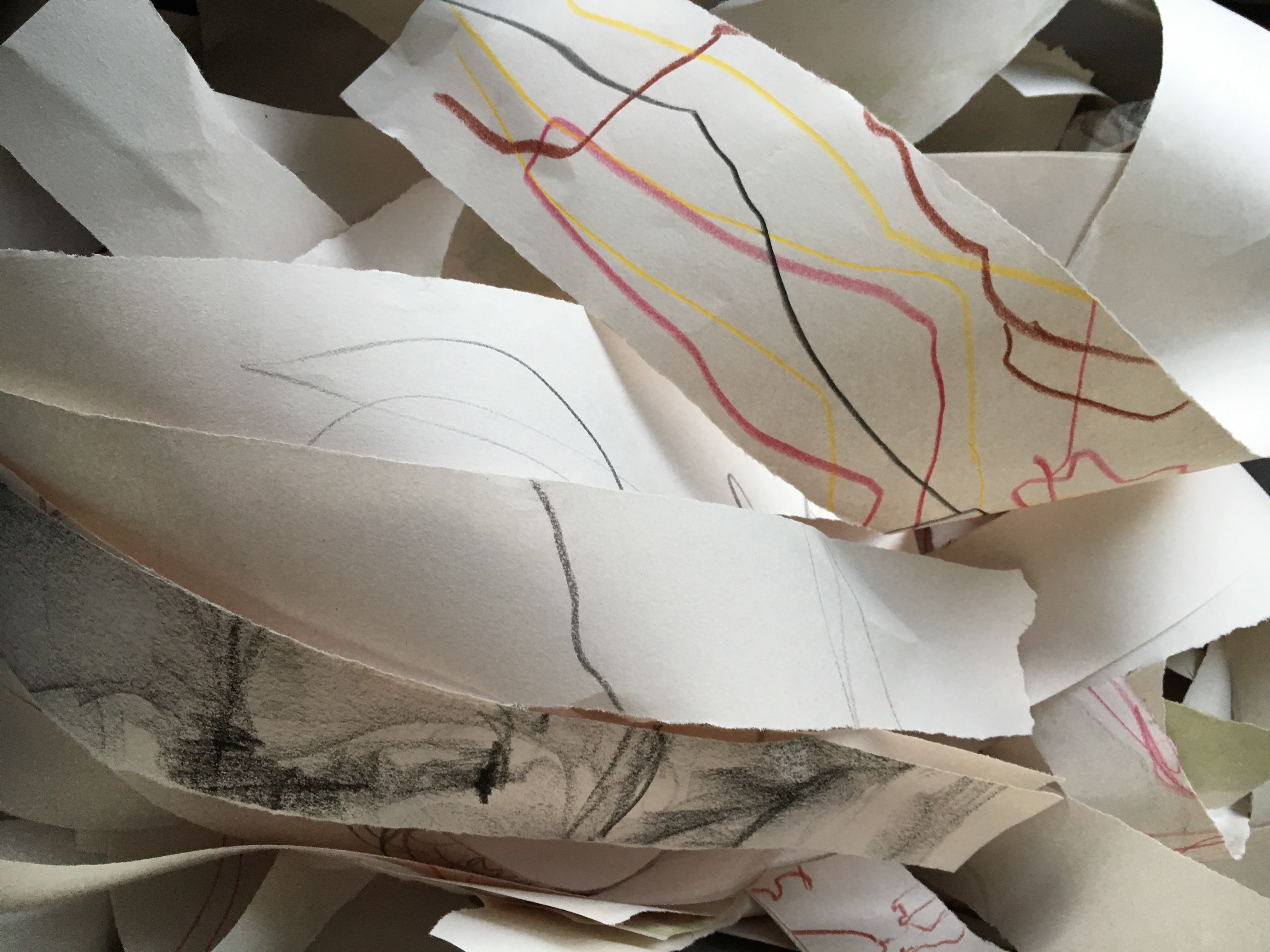


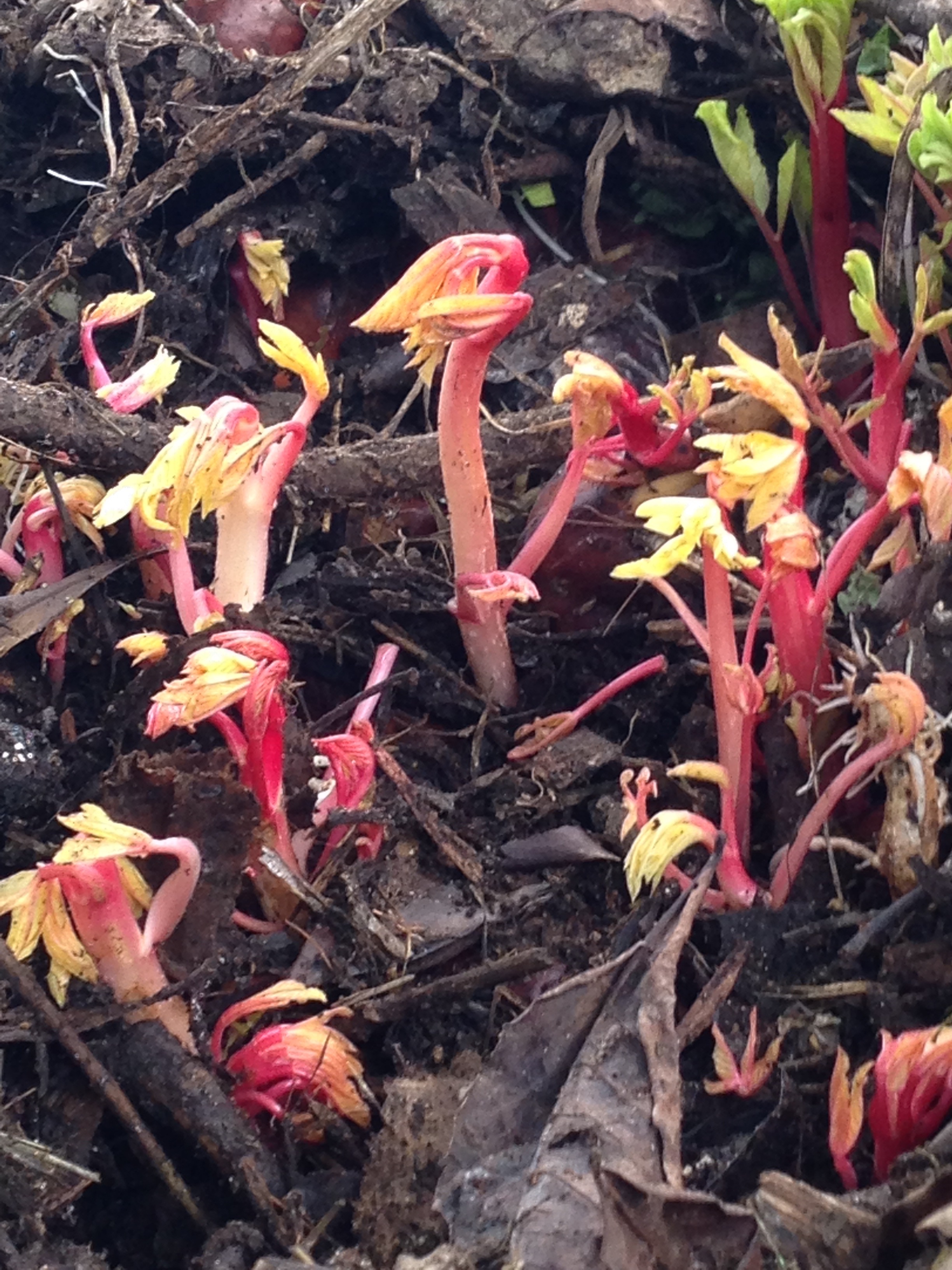













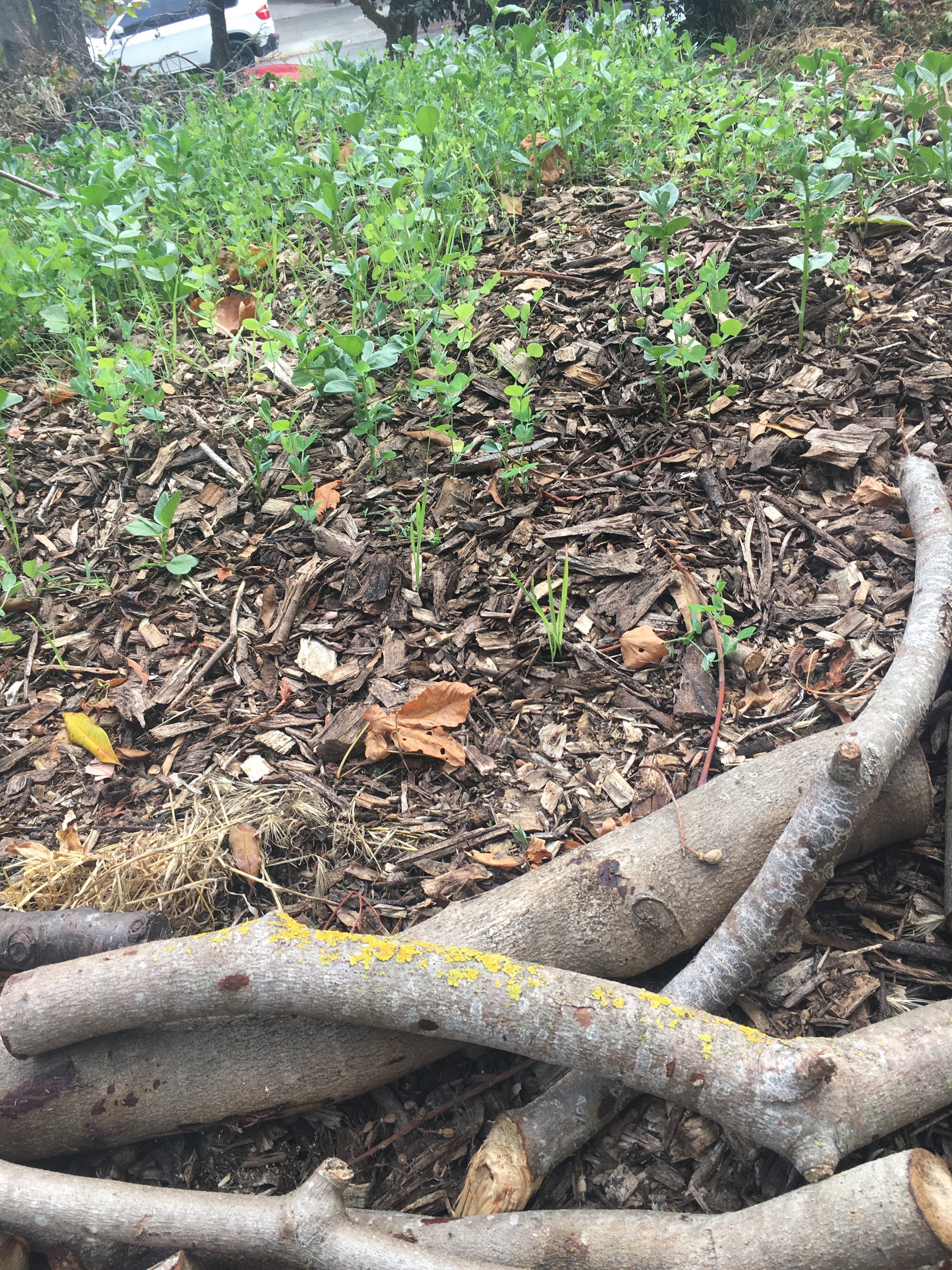

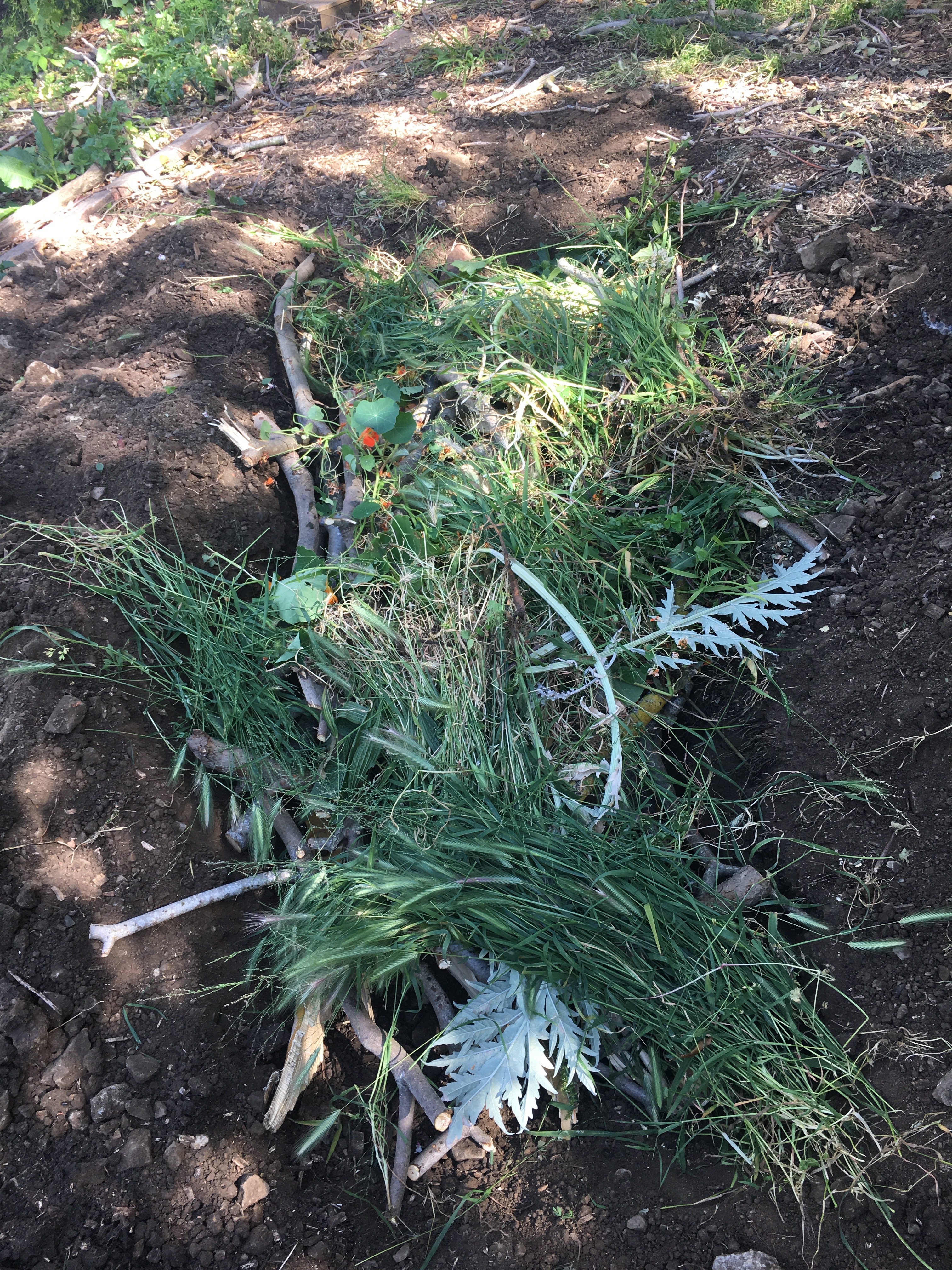
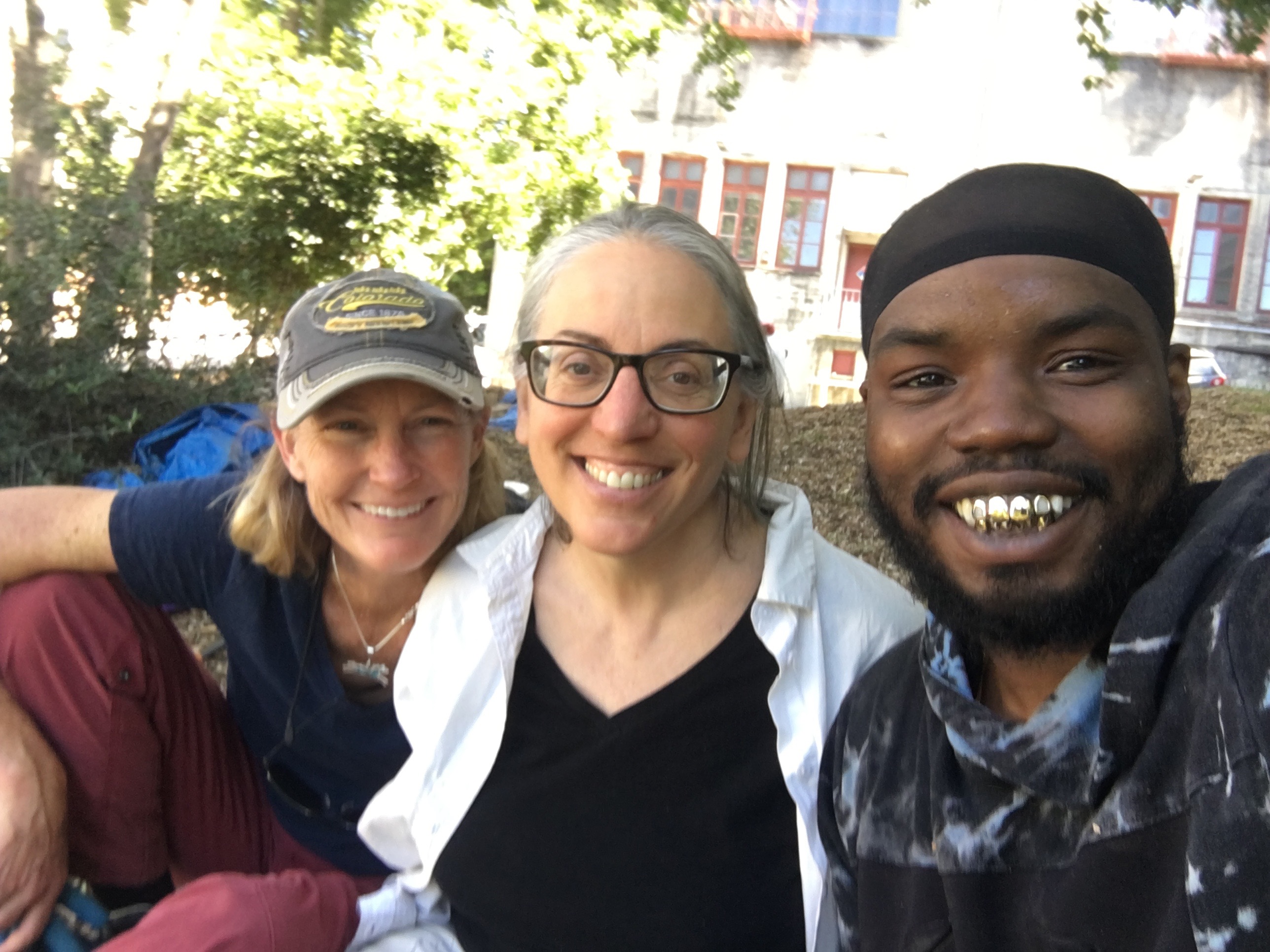



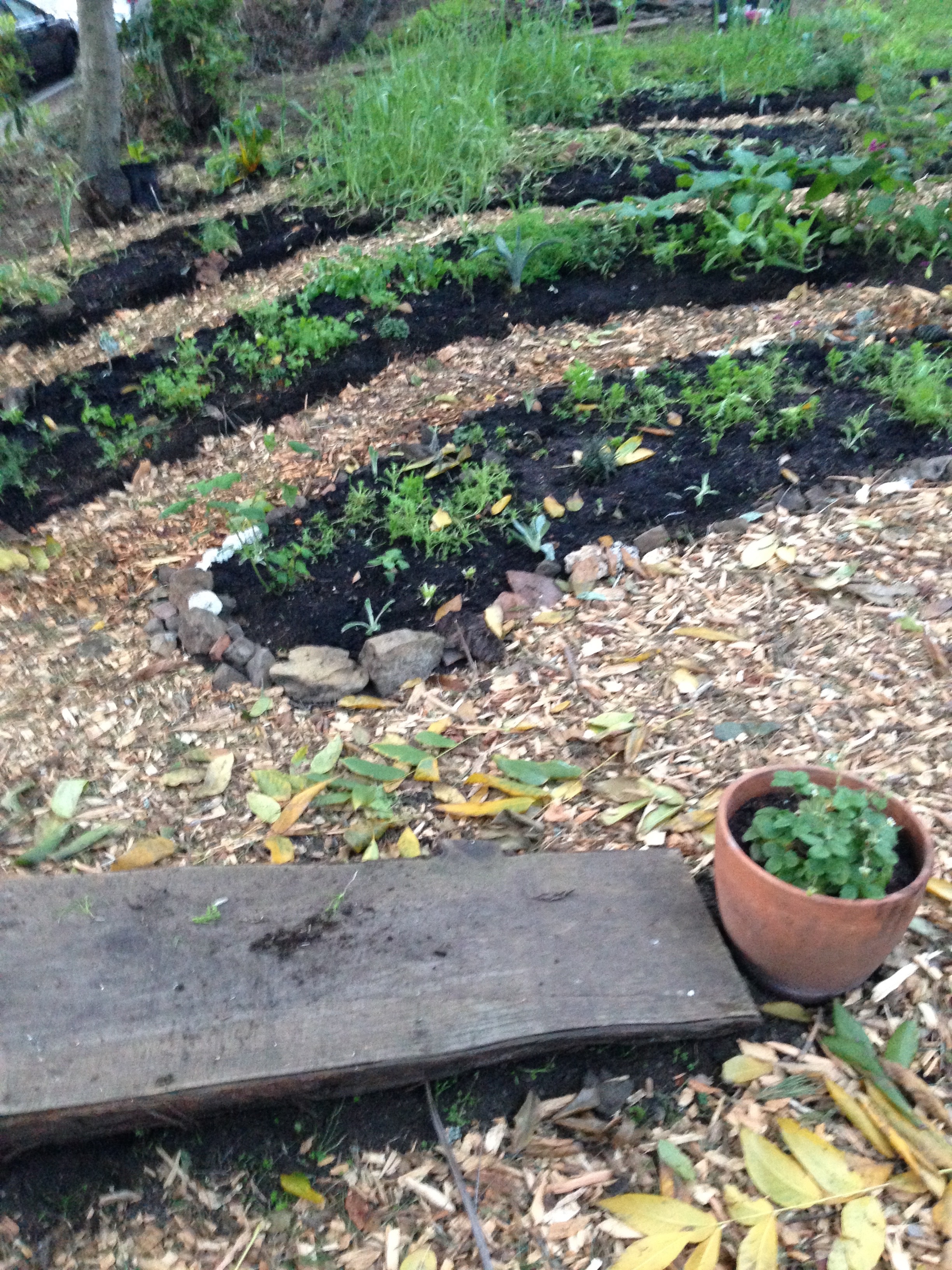







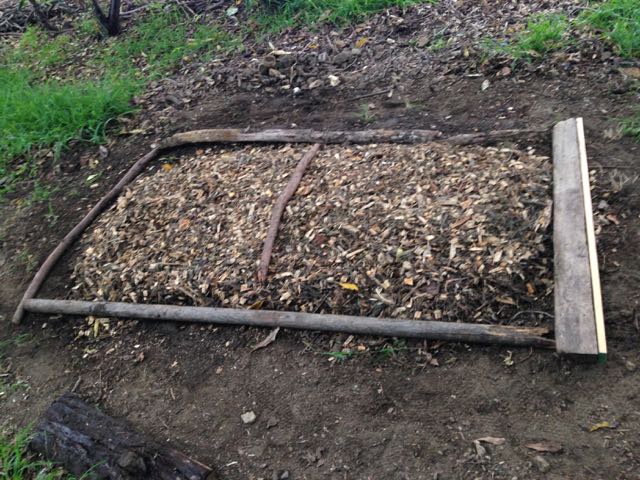



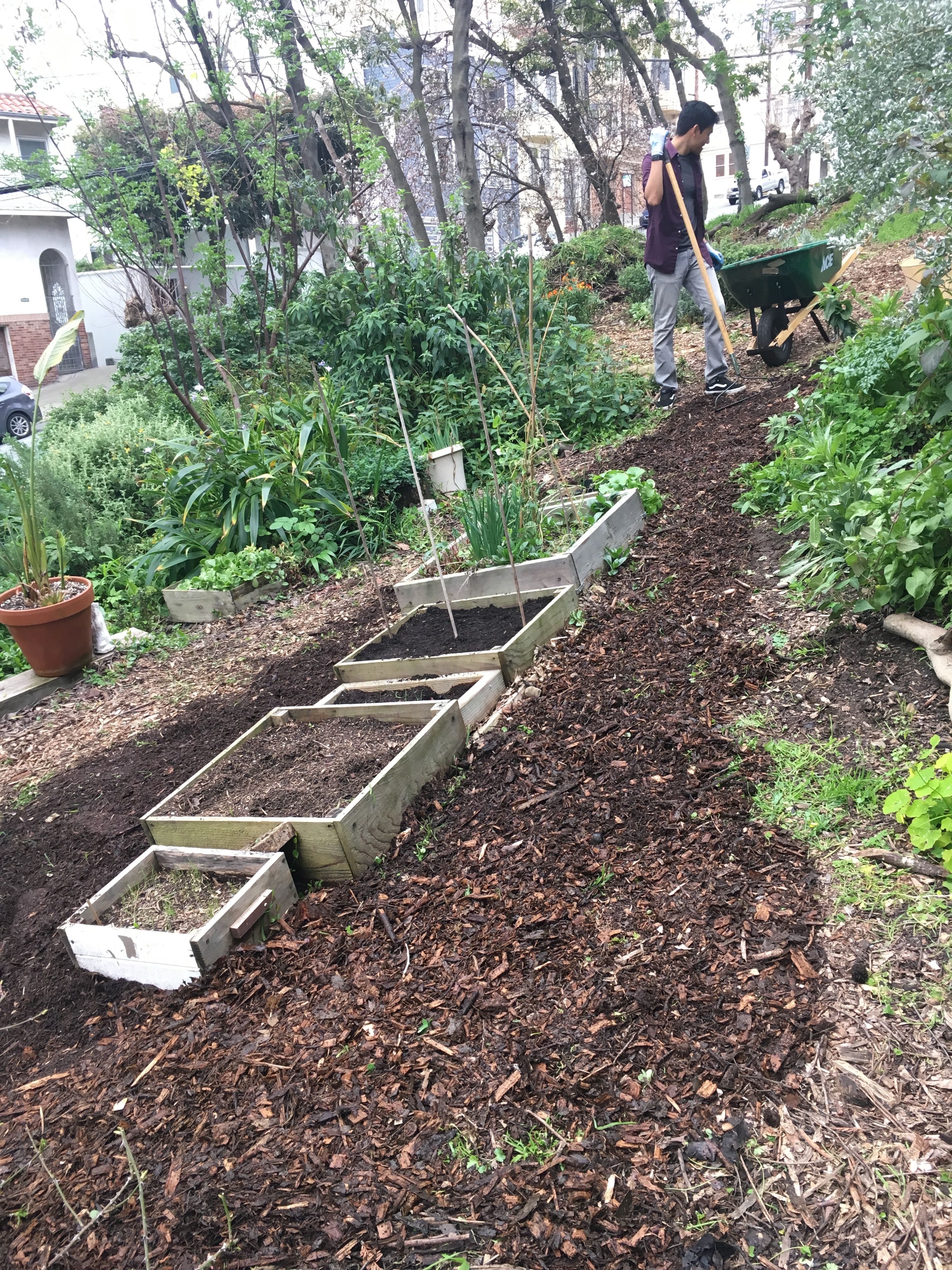



Rather than haul away the branches from an arborist’s visit, we use the materials to create more soil mass and encourage microorganisms in the soil. It also saves the fuel it would take to remove those materials, and to import soil. It can be a slower process than purchasing bags of soil, but it is rewarding to see the soil deepen over time. It’s nice to prune a tree and break down the branches and let them sit over the winter and see how they become a medium for growing things.
We have several hügelkultur beds. Hügelkultur is a method of layering materials in mounds and planting into the mounds as part of the composting process, usually starting with cover crops to get the conversation started between all of these elements. In these beds we dug trenches and filled them with limbs, branches, brush, and green materials to provide a base for a bed that slowly breaks down, banking water, and providing a source of nutrients for years. The large pieces of wood in these trenches act as sponges, and catch some of the water coming down the slope and retain it at least part of the way into our dry summers.
Planting these beds is also a chance to think about the process, and as we place the branches in the trench we often take the opportunity to consider something we want to nourish and encourage in our lives, in our world.
GL
Secondary Connections
We have several hügelkultur beds. Hügelkultur is a method of layering materials in mounds and planting into the mounds as part of the composting process, usually starting with cover crops to get the conversation started between all of these elements. In these beds we dug trenches and filled them with limbs, branches, brush, and green materials to provide a base for a bed that slowly breaks down, banking water, and providing a source of nutrients for years. The large pieces of wood in these trenches act as sponges, and catch some of the water coming down the slope and retain it at least part of the way into our dry summers.
Planting these beds is also a chance to think about the process, and as we place the branches in the trench we often take the opportunity to consider something we want to nourish and encourage in our lives, in our world.
GL



